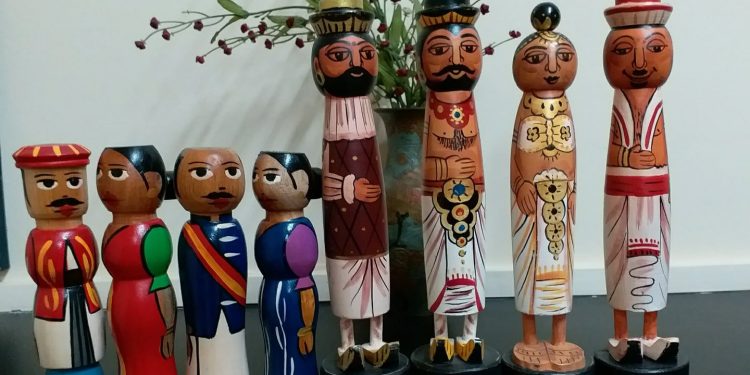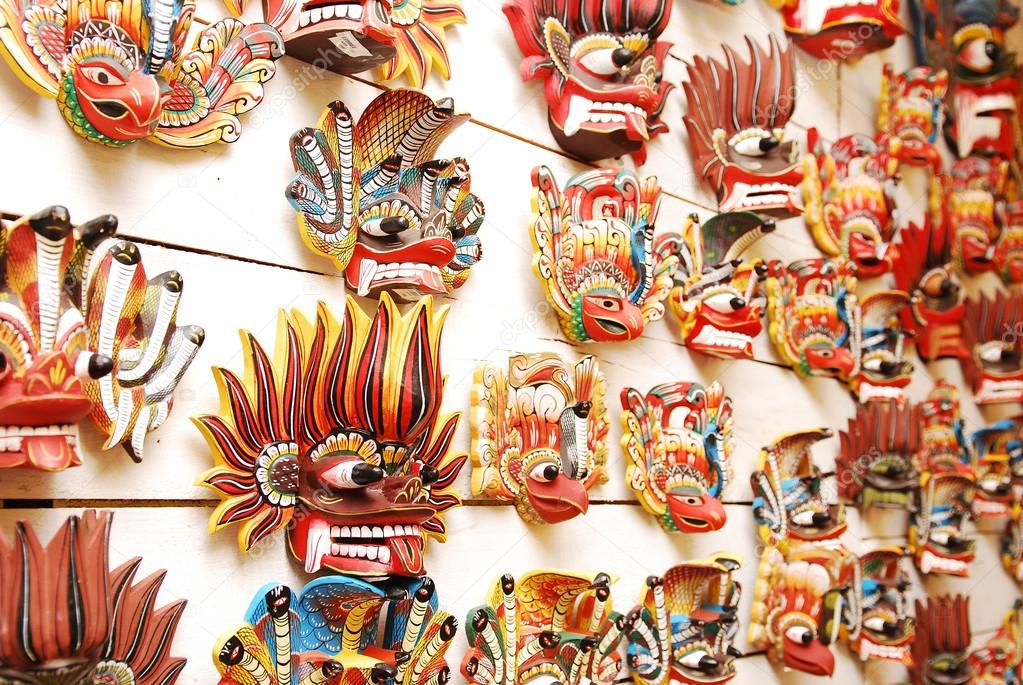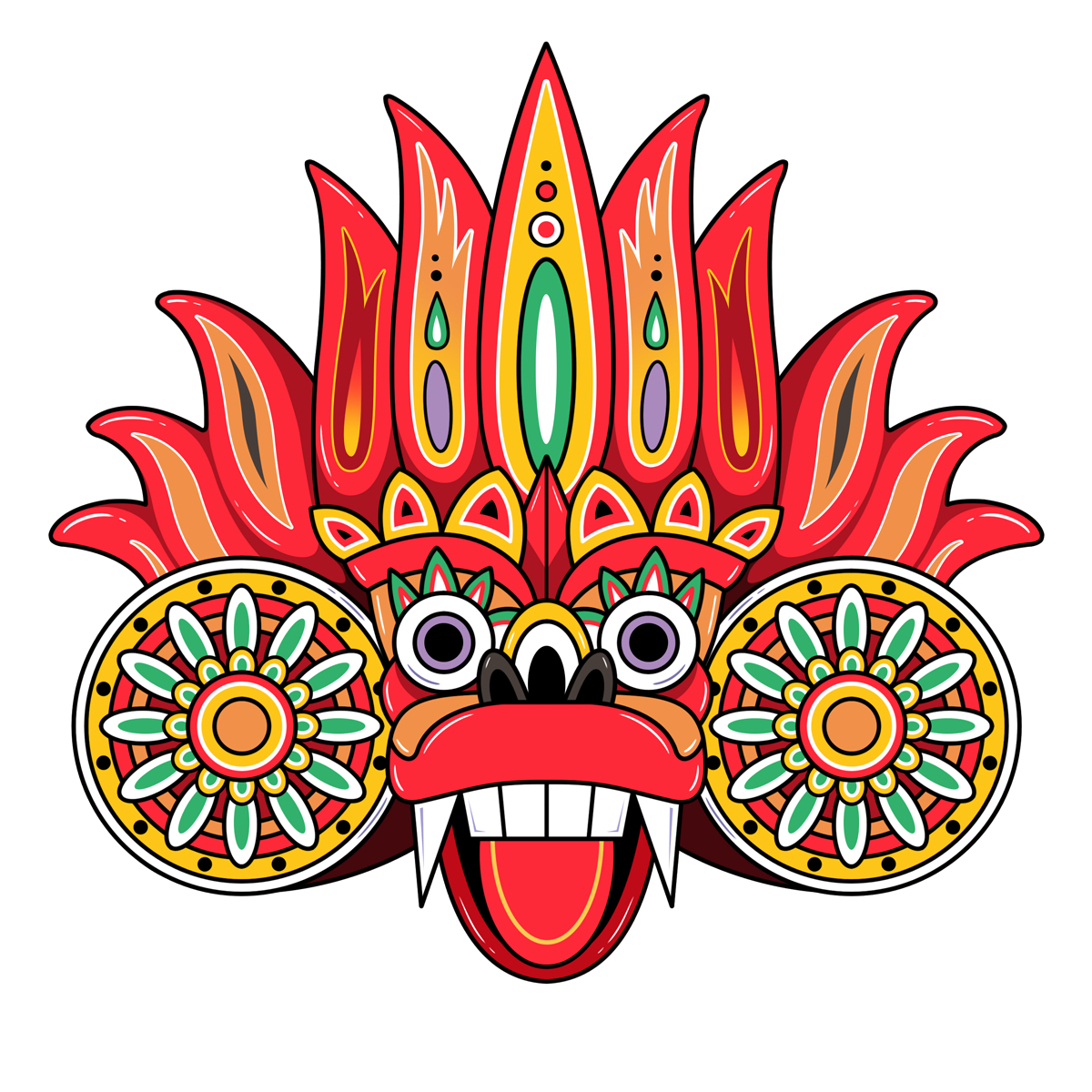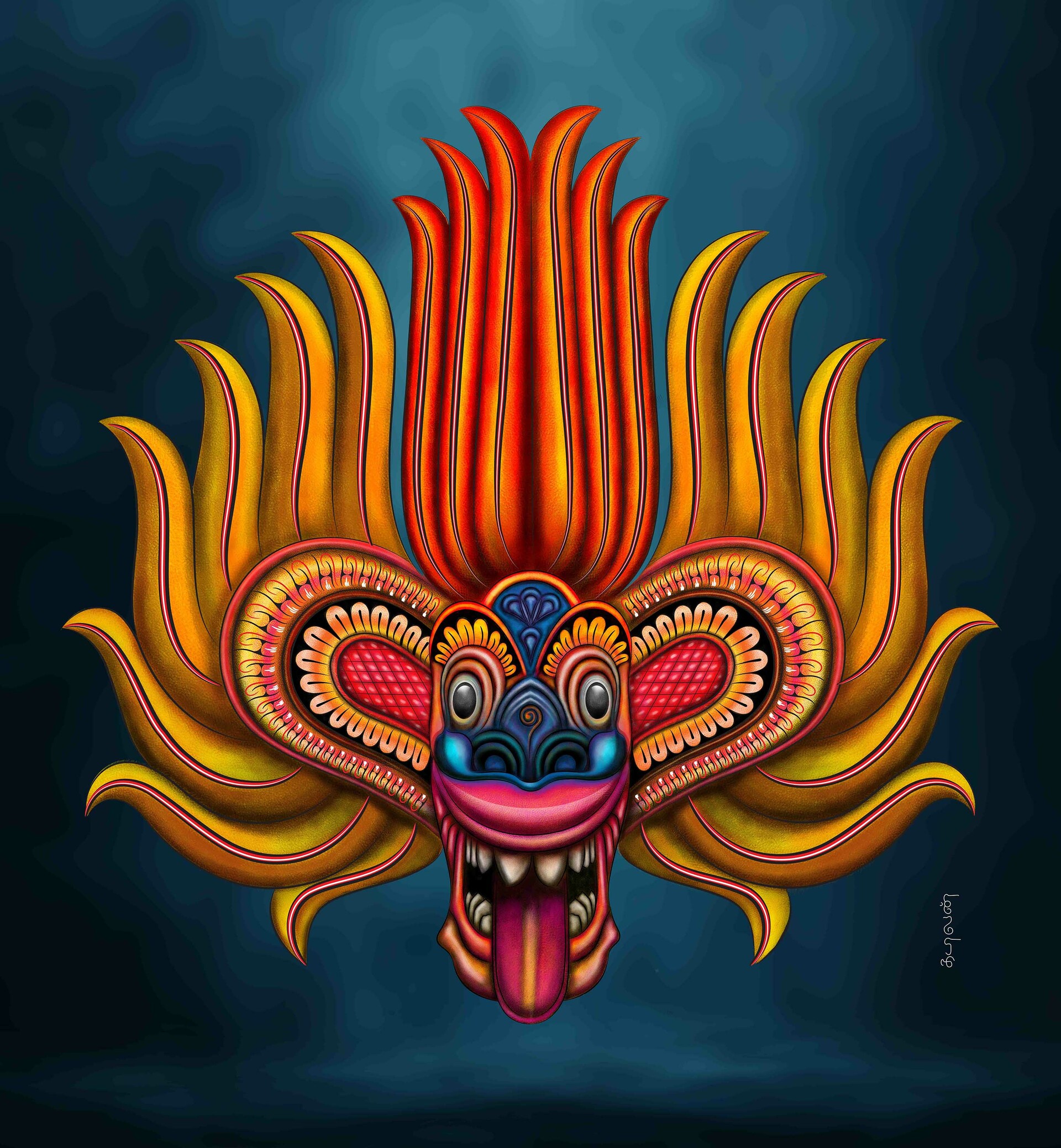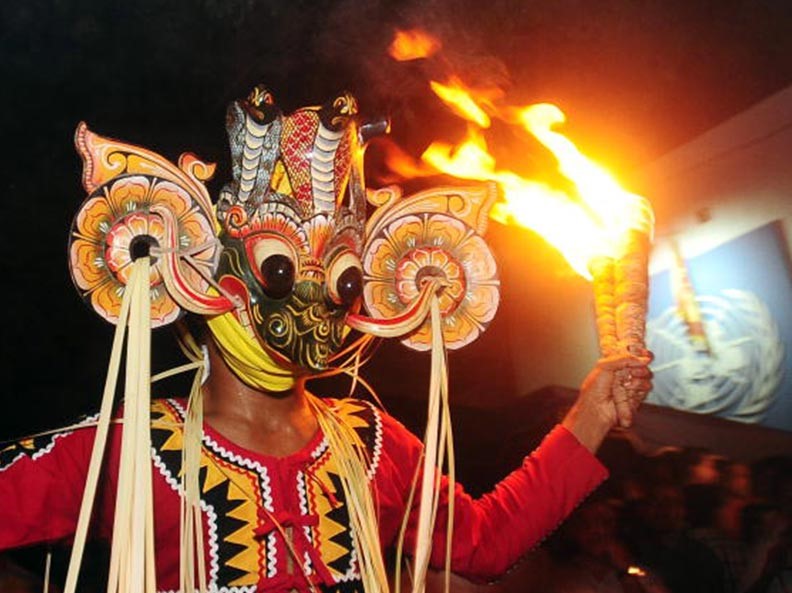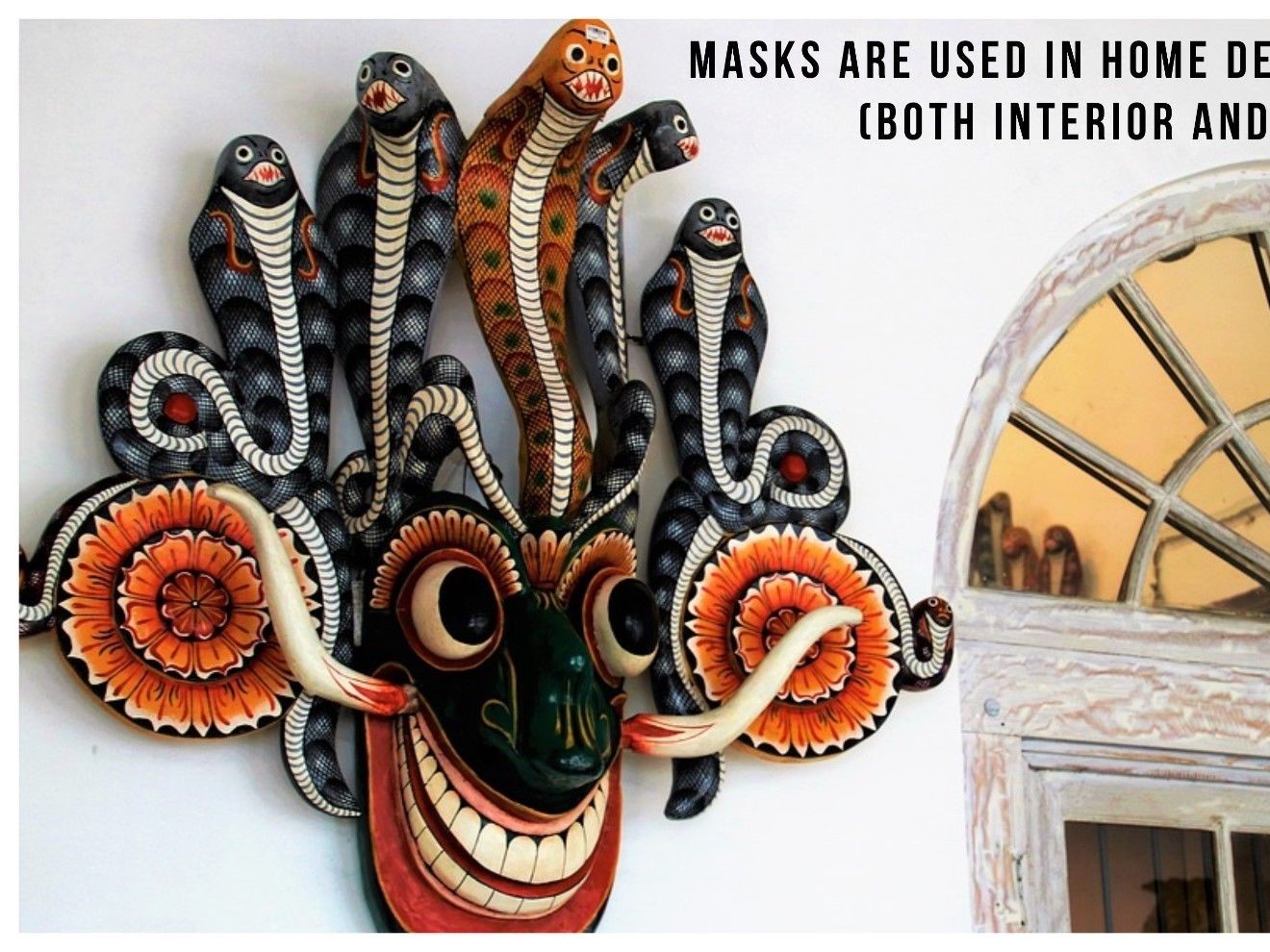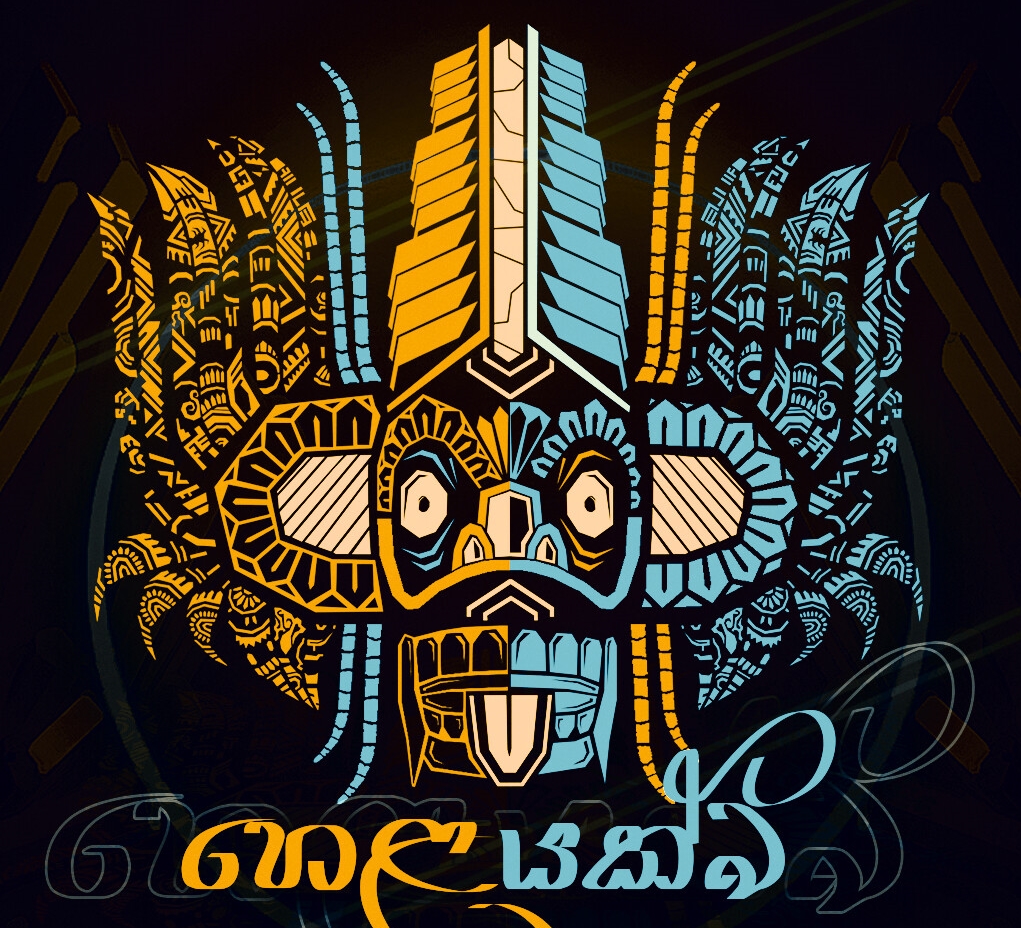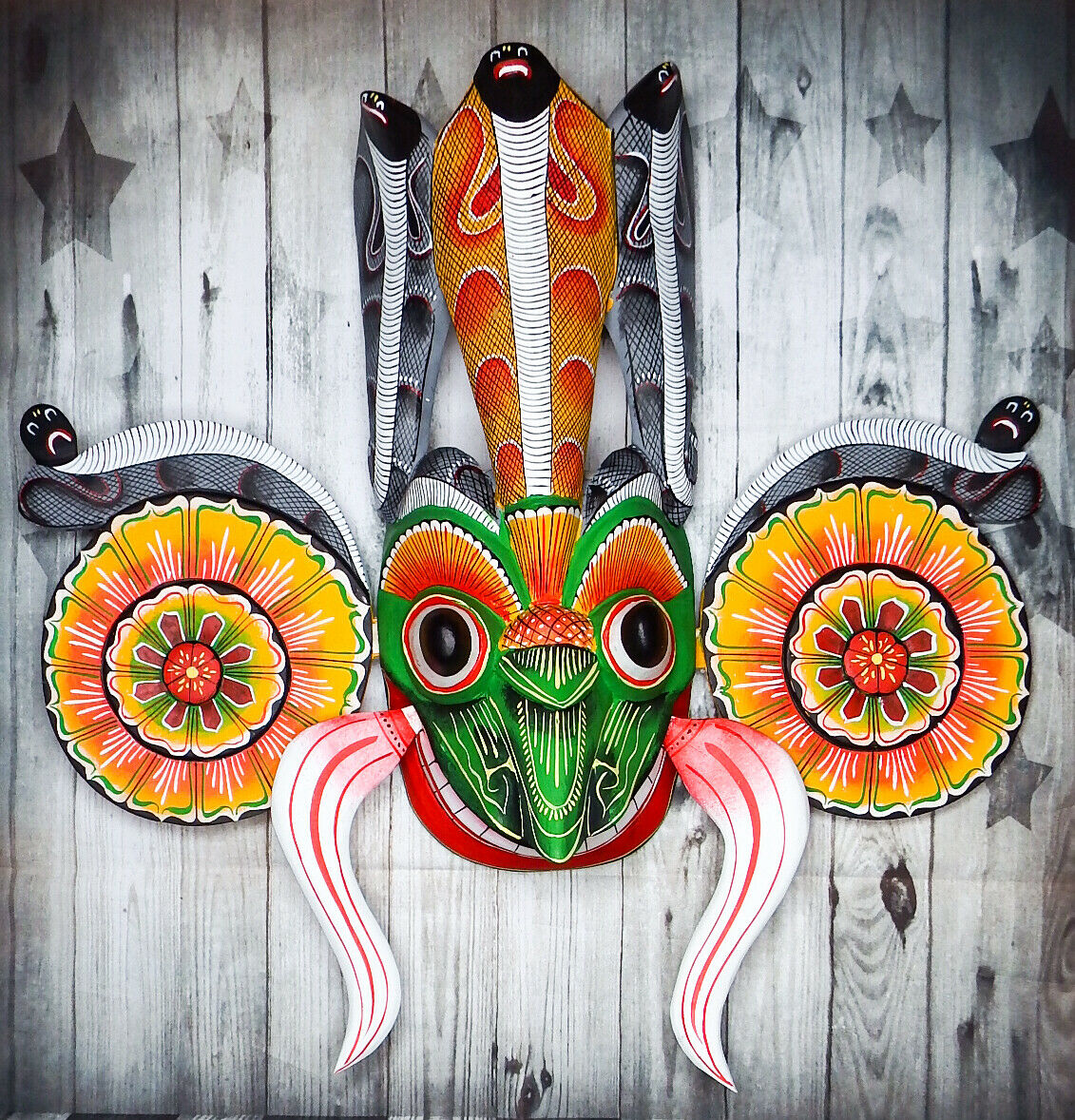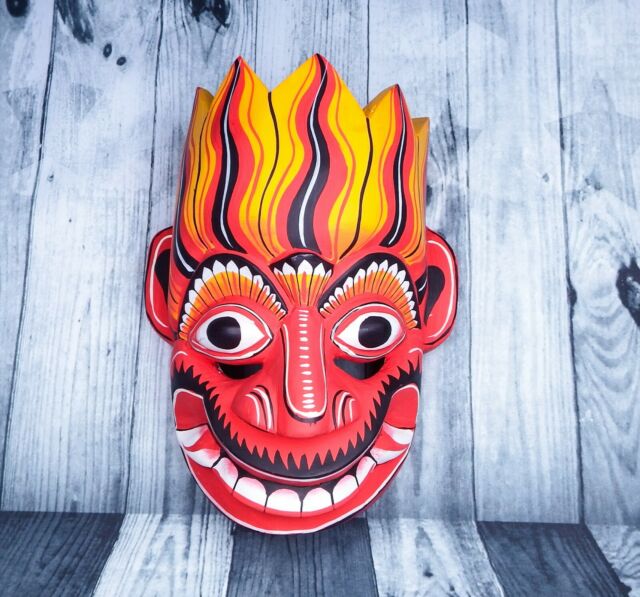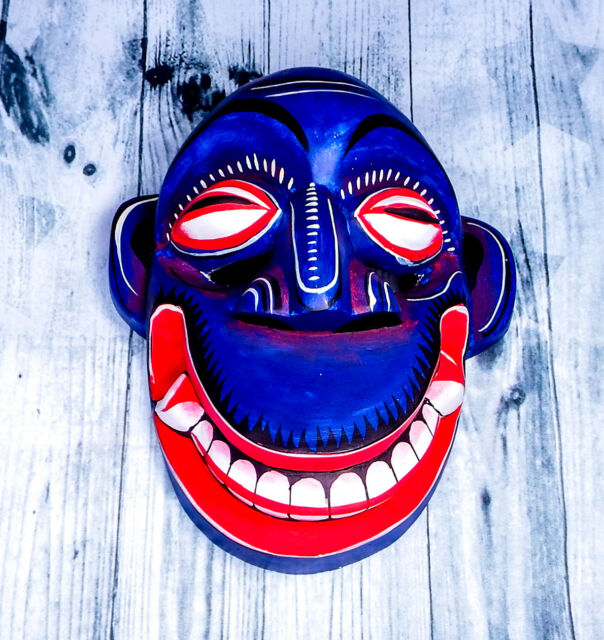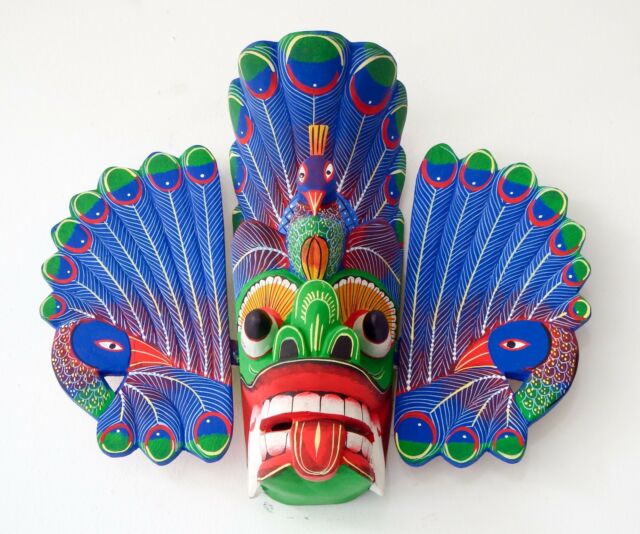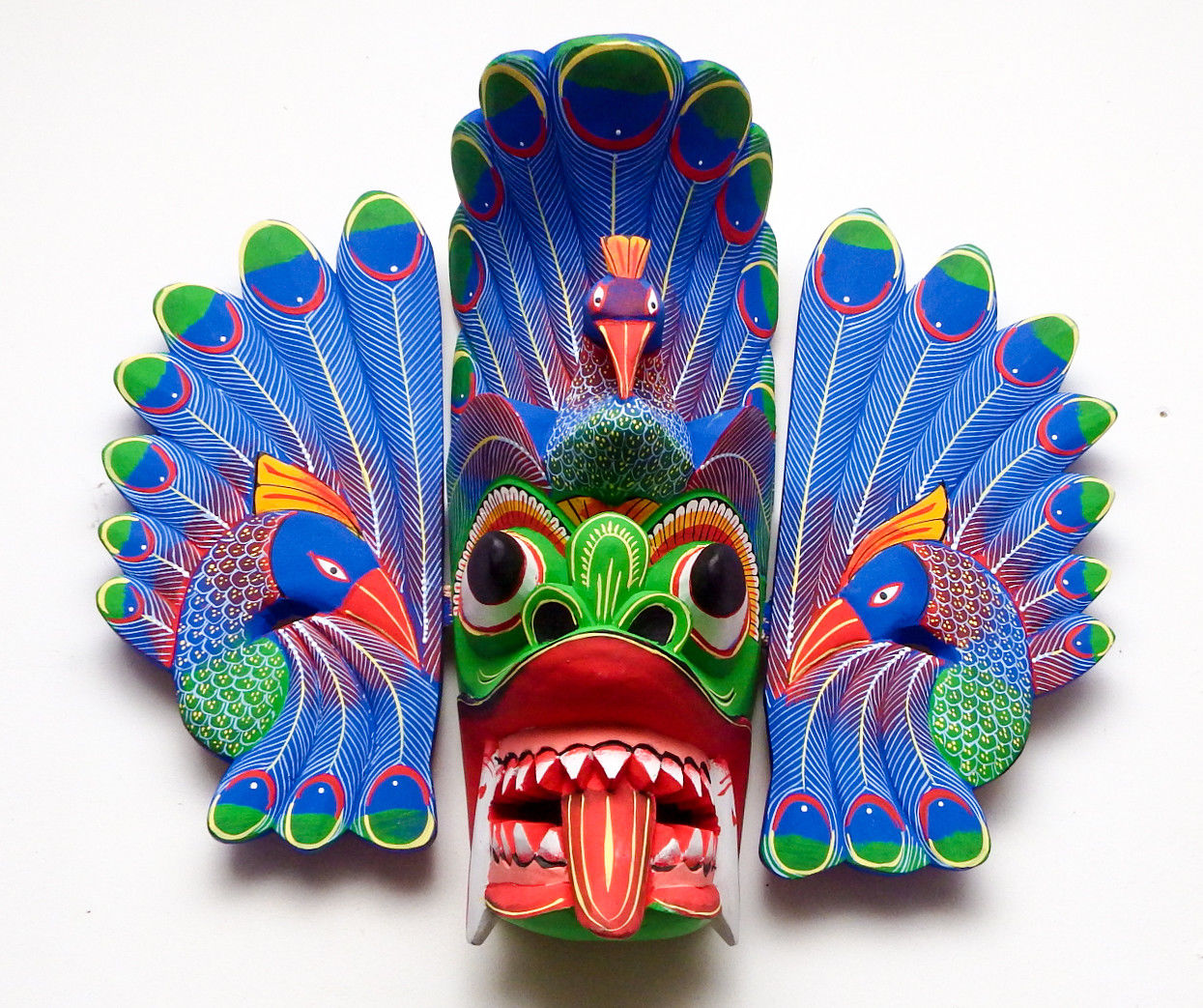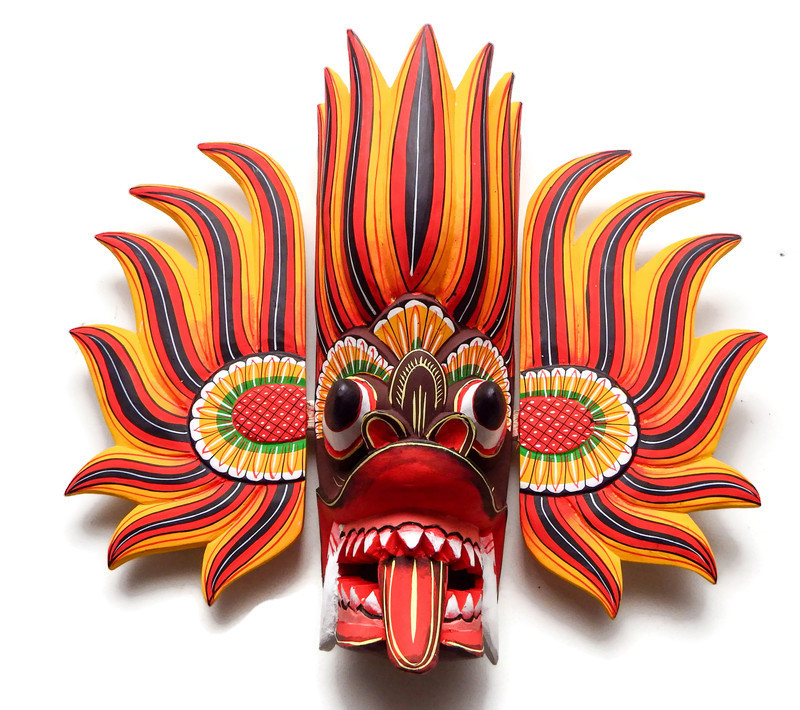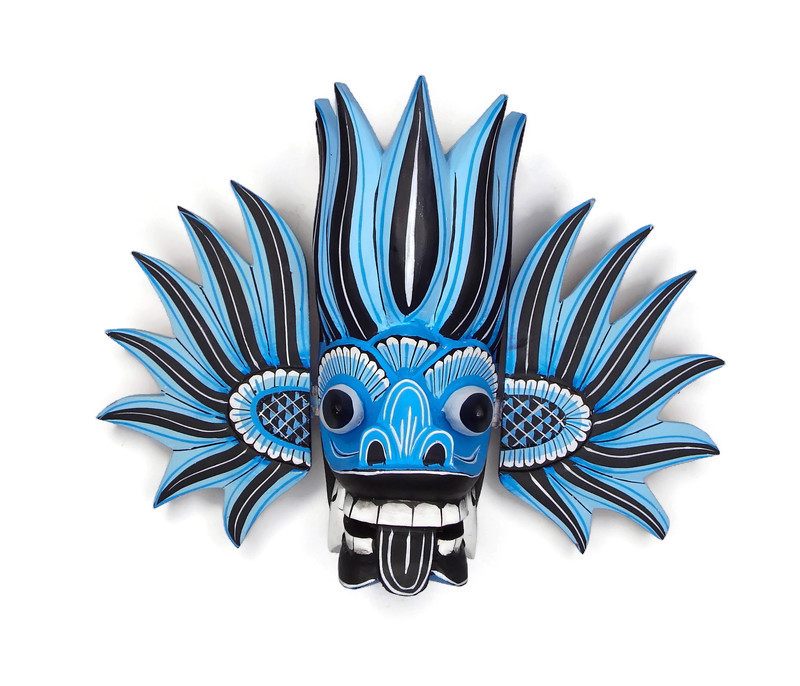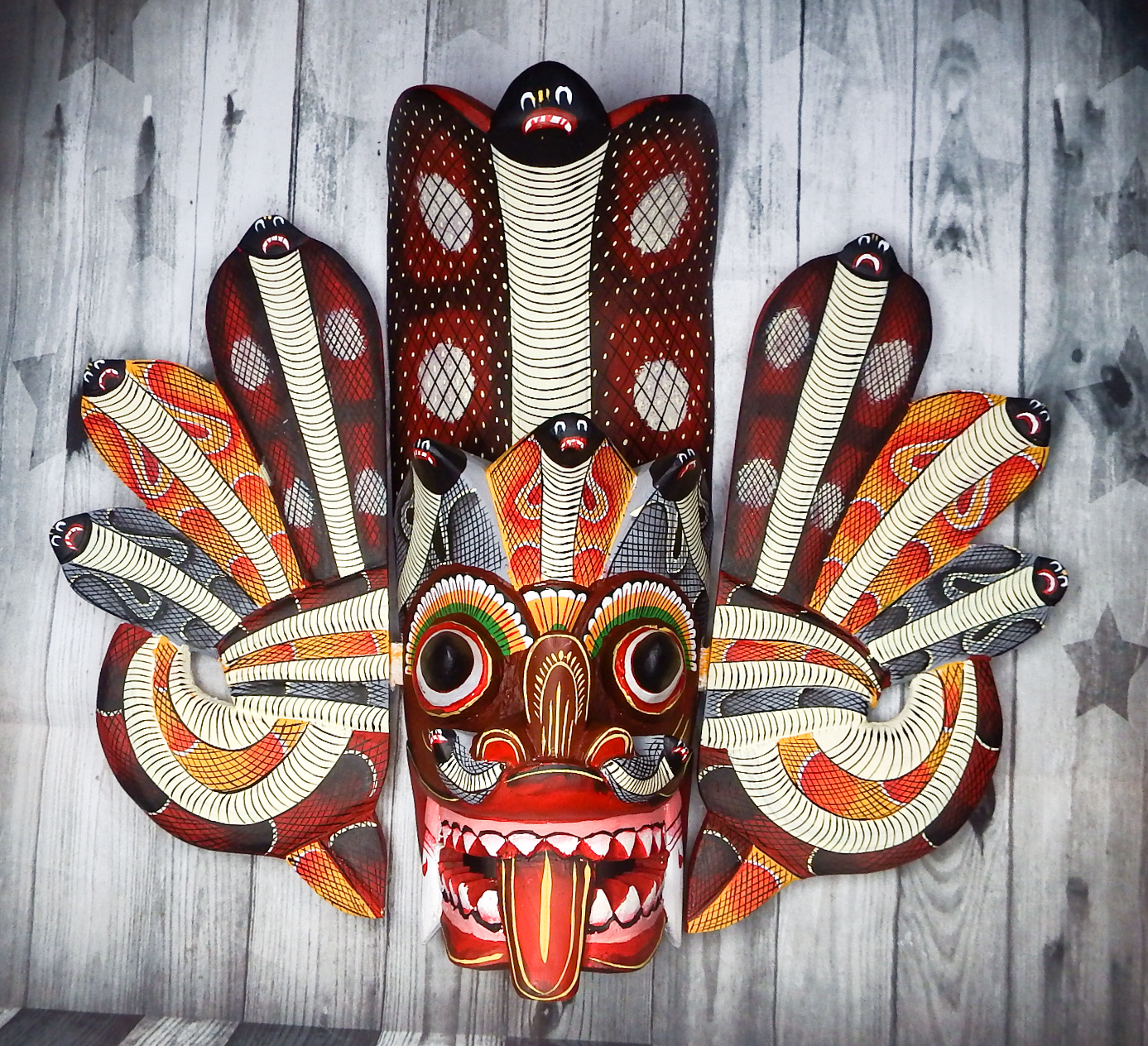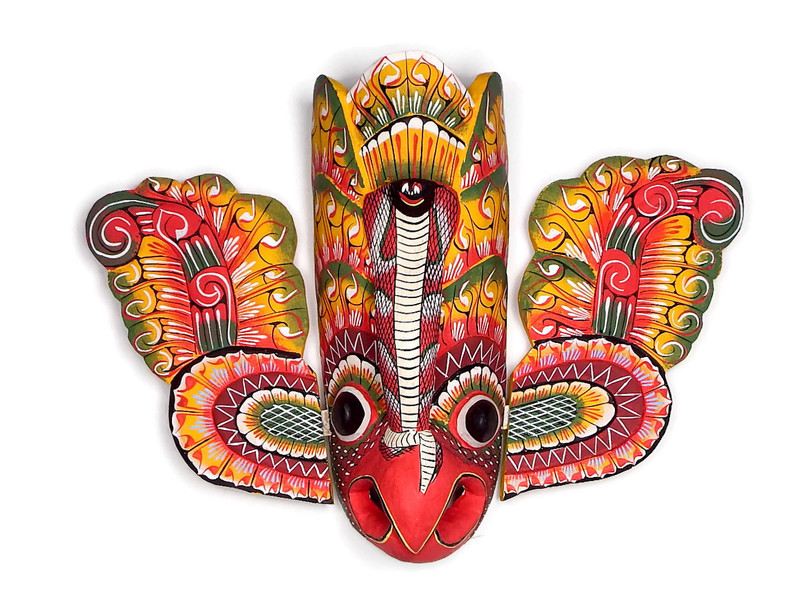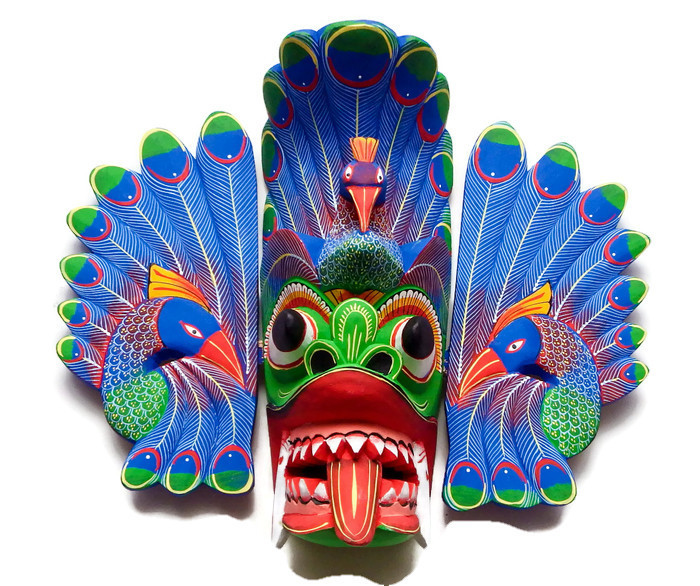Wooden dolls of Sri Lanka from ancient to modern times
A cherished exhibit on shelves in gift shops in Sri Lanka is the country’s indigenous wooden doll. There are made of single scraps of wood with the limbs painted on the torso. The head is moulded into a smooth round top on which the details of the face, the head-gear, hair, beard and moustache and bun are carefully crafted and painted.
As structurally each one is similar to the others, it is through the careful use of paints and brush strokes that each doll is given its individuality. The dolls are miniature representations of history and society. They portray social and cultural classes from royalty to the common man practicing various occupations. Colourful men and women in sarongs and reddai hatte are favourite gifts in Sri Lanka.
Representations of figurines on wood can be traced to ancient times. Motifs on walls and roofs of timber constructions were common in Sri Lanka in ancient times. The carvings on wood pillars in Kandyan buildings have a geometrical layout. They have floral patterns, the lotus being the commonest floral pattern used in wood carving. But there is a great deal of variation. There are male and female figures. The scenes depicted are from day-to-day life. Animals like the elephant, the lion, the horse, the bull, the peacock and the swan are commonly represented.
Sri Lanka has had the wooden mask, which is another form of folk art in the Western and South Western coastal areas of the country. The exact origin of the Sri Lankan mask art cannot be put into a timeframe. But the timeframe definitely spans several centuries and across many generations.
The masks can be classified as Raksha, Kolam and Sanni. All the three varieties are used in dancing as well as decorations. The Raksha mask is often seen in processions and festivals. The Kolam mask is used in comic plays and depicting stories from everyday village life and enacting different village level characters. Each social section, profession and occupation is portrayed apart from royalty. The Sanni mask is associated with devil dancing for the purpose of curing illnesses.
There are about twenty-four kinds of Raksha masks known by different names such as Naga Raksha, Gurulu Raksha, Maru Raksha, etc. The masks depict gods, human beings, rakshaya, yakka, and animals. There are interesting oral traditions associated with the masks.
Wooden dolls have become popular in the last few decades. The pattern of the masks changed during the colonial period. Traditional designs gave way to more modern patterns. The works started to reflect various occupations and social divisions under colonial rule. The upper garment corresponded to a jacket or a colonial uniform and the lower garment corresponded to a traditional sarong. A favourite amongst the many dolls are local rulers across different historical phases. Rulers depicted range from Dutugamunu, also known as Dutthagamani from Anuradhapura (161 -137 B.C.) to the last Kandyan ruler Sri Vikarama Rajasinghe (who ruled from 1798 to 1815 A.D.).
The careful articulation of the attire is noteworthy as these dolls represent different phases in the history of Sri Lanka and its various parts. Some of the wooden dolls have feet with large shoes ,showing the influence of the Dutch klomp. Though often compared to the Dutch peg-wooden dolls, Sri Lankan dolls differ in the structural pattern and in bodily features. In the former, limbs were sewn to the wooden body through pegs, and thus the name.
Multiple cultural influences are evident. They are Sri Lankan dolls resembling those from Channapatna town Ramanagara district of the State of Karnataka in South India. Others resemble the Japanese Kokeshi wooden dolls. Quite similar to the Sri Lankan creations, these wooden peg dolls form India as well as the Japanese Kokeshi dolls are traditionally made of single blocks of wood and do not possess separate hands or legs. All the limbs are painted within the body of the doll and the heads of these dolls have a smooth round shape.
Made from scraps of wood like mahogany, teak, ebony, and even softwoods, the dolls are hand-painted with non-toxic paints and together with other wooden toys from the country, form an important part of Sri Lanka’s export basket.
Dolls are made in several parts of Sri Lanka. The villages of Moratuwa, Boralesgamuwa, Angoda, Peliyagoda, Mount Lavinia, Pannipitiya, Colombo, Nugegoda, Kesbewa, Malabe, and Ratmalana in Colombo district; in the villages of Kalegana, Kumbalwella, Wekunegoda, Kapugampola, Wataraka, Peduruwa, Milidduwa, and Osanagoda in Galle district; in the villages of Mahara, Negombo, Pelawatta, Weboda, Ganegama, Mirigama, Attanagalla, Kadawata, Gampaha, Weliya, Kopiwatta, Udugampola, Katana, Weke, and Minuwangoda in Gampaha district; in the villages of Puttur West, Irumparai, Pathamani, Kopay North, Puttur East, Atchuveli, and Madduvil South in Jaffna district; and in the villages of Garagoda, Angunwela, Utuwankanda, Karandupaha, and Ambulugoda in Kegale district.

